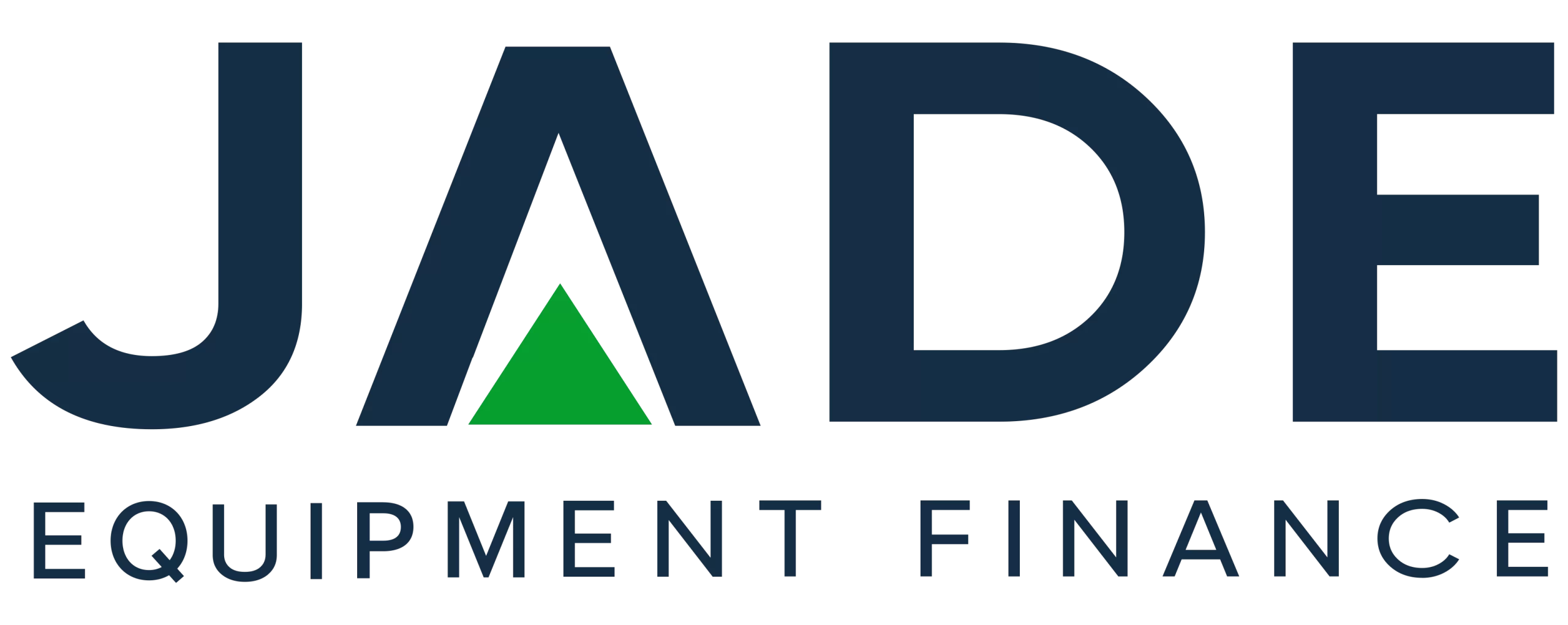The 7 June announcement by the RBA to further raise the cash rate was met with surprise only due to the size of the hike – 0.5%. The general feeling gained from commentators was for a rise of 0.25% with some tipping possibly a 0.4%. A 0.5% rise has only been called five times going back several decades. The RBA decision for a 0.5% cash rate rise places greater emphasis on the need for businesses to delve deeper to acquire the cheapest equipment finance. With costs of living pressures and hikes in energy and fuel costs, business operators will be seeking relief wherever possible, especially in regard to finance costs.
The June rise in the cash rate was pre-empted by the Board of the RBA after the May meeting and is a timely reality check for businesses that the period of record low rates is now past. As the RBA Governor Lowe said in the statement accompanying the announcement, further increases are likely to be ahead.
RBA Board Monetary Statement for June 2022
The June statement provides insights into the Board’s decision making and some indication as to what it sees as uncertainties and certainties in the economic outlook. The statement is worth perusing for businesses seeking to gain a better understanding of what could be ahead in order to plan their major acquisitions and investments.
The 0.5% increase raises the cash rate to 0.85%. The statement opens with noting the significant rise in inflation. Noting that while this level is below many advanced economies it is higher than previously expected by the RBA Board. As some analysts have commented, effectively conceding that the May expectations were not correct.
The impacts driving inflation are coming from primarily global but also domestic issues. On a global level, the war in Ukraine and the ongoing disruption of many supply chains caused by continuing issues with the pandemic.
Locally, the tight labour market plus the constraints in some sectors to operate to capacity along with the fall-out from the recent flood event in the eastern states are seen by the RBA as adding to the inflation surge.
Inflation is currently at 5.1% and the Board expects this to go higher before dropping through 2023 to the target levels of around 2% to 3%. Recent fuel price spikes and the high costs of energy and some commodities are also seen as contributing factors to the higher than expected rate.
As supply issues resolve on a global basis, inflation is expected to moderate. The Board views the June increase as assisting in returning the inflation rate over time to target.
The Board notes the resilience of the Australian economy in the 0.8% growth figures for March and over the year, 3.3%. An upswing in investment by business is underway and there is a lot of work in the construction project pipelines.
Unemployment, at its lowest in around 50 years at 3.9% is expected to decrease further. Indicating a strength in the market for labour. Job ads are at high levels.
Uncertainty is noted around a number of issues including how consumer spending figures will respond to the pressures on household budgets caused by the surging inflation. The Ukraine situation also creates doubt due to the effect on the prices of energy and commodities. The pandemic situation in China also remains a current uncertain factor.
In general terms, as stated in May, the RBA is now proceeding with a stage approach to normalising monetary policy by removing the levels of extraordinary support set up during the pandemic. This means, raising interest rates back to pre-pandemic levels after a sustained period of historic low rates.
Of major interest to businesses planning asset acquisitions and investments is the nod from the Board that further steps in this normalisation process will be required. In other words, brace for more rate rises. Exactly when and by how much rates will rise will be dependent on the Board’s assessment of data, especially how inflation is tracking.
All eyes will now be on the 5 July RBA meeting as businesses look to the new financial year to continue recouping and recovering.
Equipment Finance Takeouts
The key messages to businesses, as we have said for some months, is to act as soon as possible on acquisitions prior to the next rate rises and utilise available services to ensure you secure the cheapest interest rate equipment finance.
The major banks were quick to pass on the full rate rise to their home mortgage customers. Rate rises by the RBA do flow through to increases in lending interest rates in, fairly much all sectors. Specialist non-bank lenders that are proactive in supporting businesses, may choose to remain highly competitive and keep rates down. Businesses may need to engage a broker such as Jade Equipment Finance to access this specialised area of equipment finance.
Businesses with existing fixed rate equipment finance should not see a change in their finance repayments. Those seeking new finance should ensure they acquire a fixed and not a variable rate to ensure against future increases ahead. Businesses can improve their prospects of cheaper rates by ensuring they keep a good credit profile.
While rates are on the rise, our consultants work with customers to structure equipment finance to meet affordability targets in regard to repayments. This may involve negotiating for extended finance terms or larger balloon or residual amounts. Both strategies that can result in lower monthly finance payments.
Businesses are also encouraged to consider closely the tax benefits available through different finance products. The timing and amount of deductions may contribute to an overall more workable and affordable outcome.
Contact Jade Equipment Finance on 1300 000 003 to discuss achieving affordable and workable equipment finance in a rising rates climate.
DISCLAIMER: IF MISINTERPRETATIONS, MISREPRESENTATION OR ERRORS EXIST IN THIS ARTICLE, NO LIABILITY IS ACCEPTED. THE INFORMATION IS PROVIDED ONLY FOR GENERAL PURPOSES AND NOT IN ANY MANNER INTENDED AS THE ONLY SOURCE FOR MAKING FINANCIAL DECISIONS. THOSE THAT CONSIDER THEY REQUIRE ADDITIONAL GUIDANCE OR ADVICE SHOULD REFER TO AN INDEPENDENT FINANCIAL ADVISOR.


